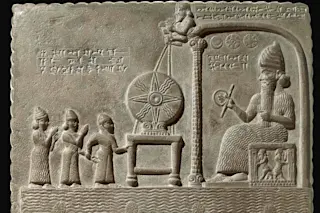Millions of years ago, ancient humans living on the African savanna likely gazed up in wonderment at the bright moon and star-filled sky. This cosmic backdrop wasn't too different from the one we see today; but how they interacted with it almost assuredly was. It wasn’t until humans came to view the stars as tools that we became masters at understanding their movements.
By some 7,000 years ago, a group of nomadic people living on the African savanna became the first-known humans to record the motions of the stars at a site called Nabta Playa. This cattle-worshiping cult of hunters and gatherers built the world’s oldest stone circle to track the arrival of the summer solstice, as well as the seasonal monsoons they depended on for water and food.
"This was the dawn of observational astronomy," J. McKim Malville, a professor emeritus at the University of Colorado and archaeoastronomy expert, ...














